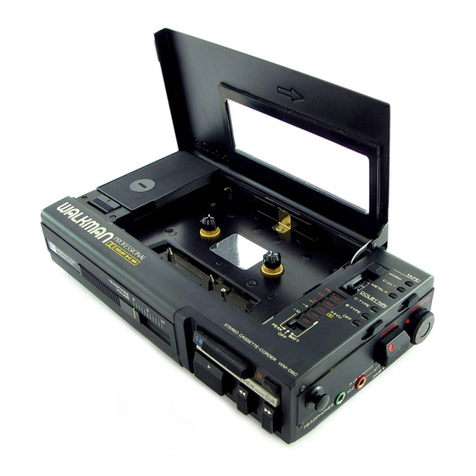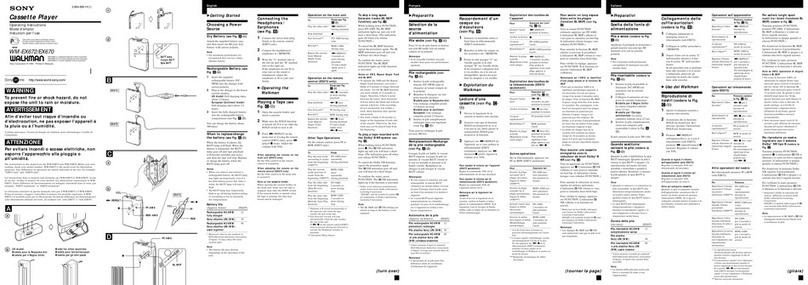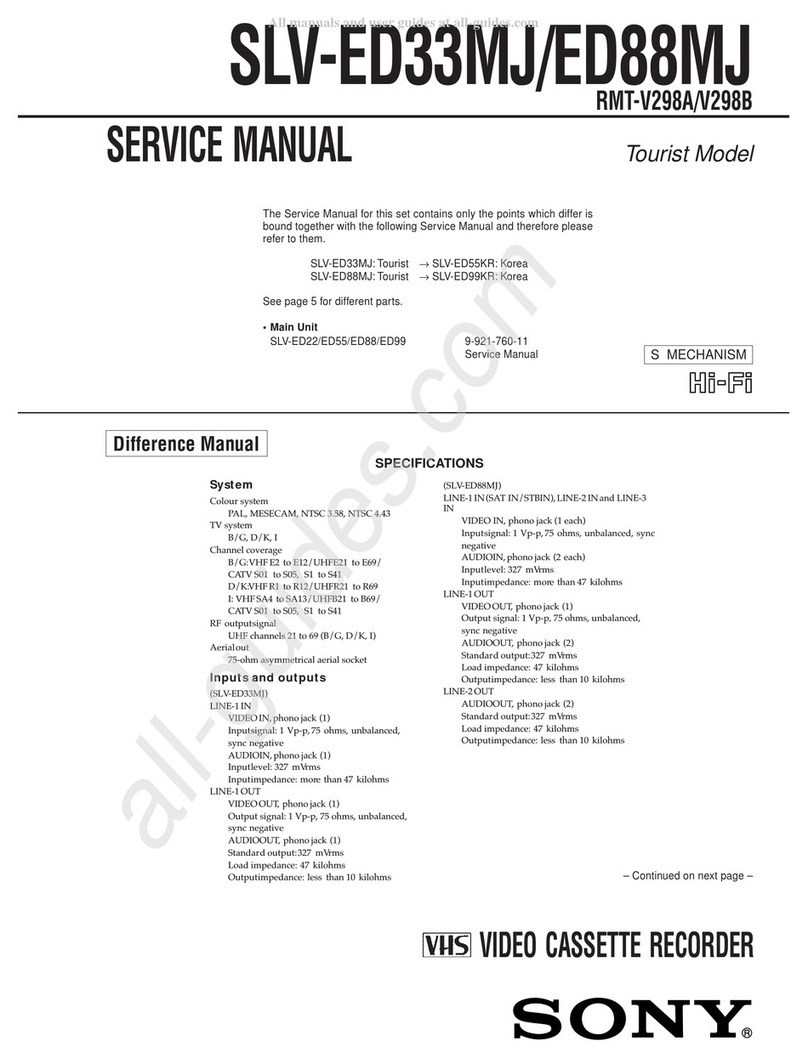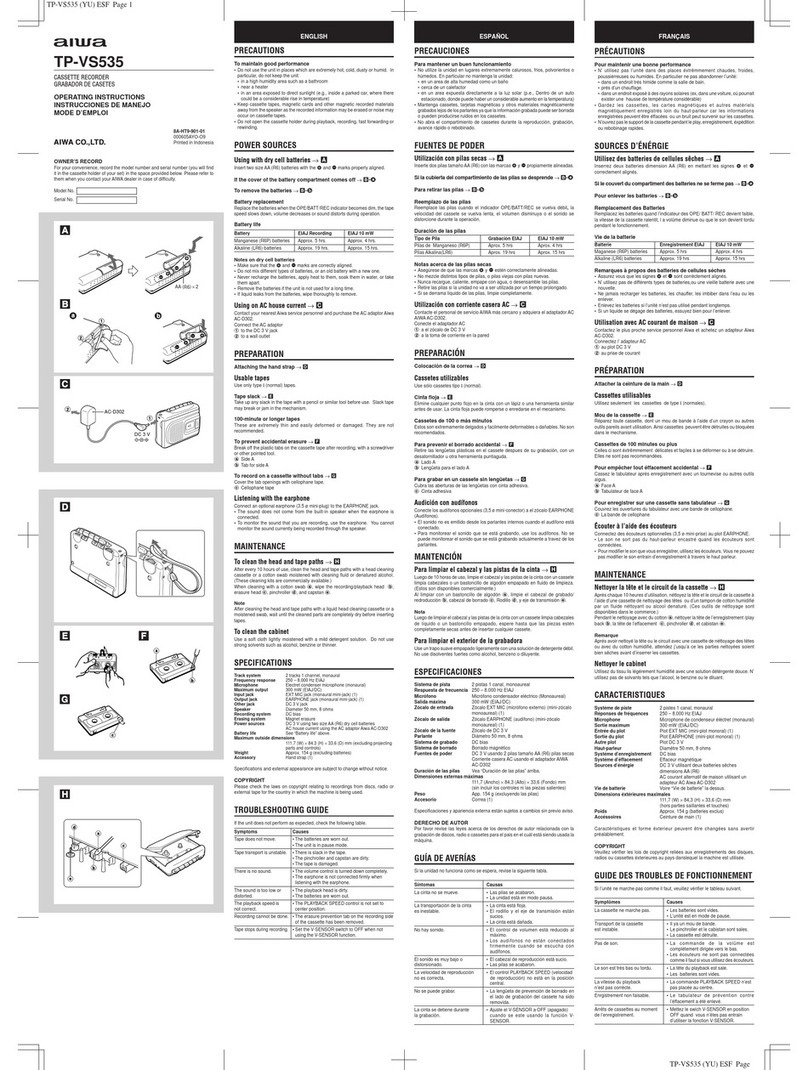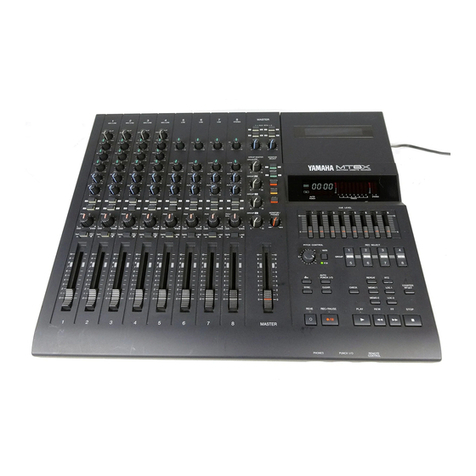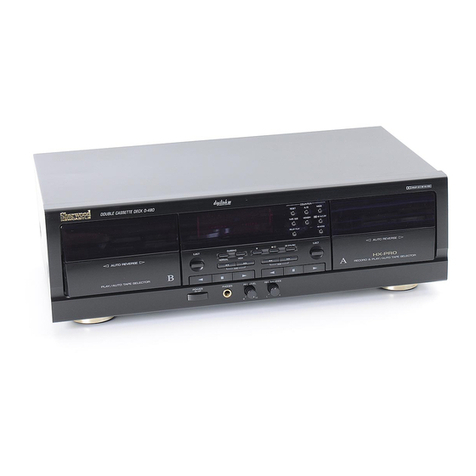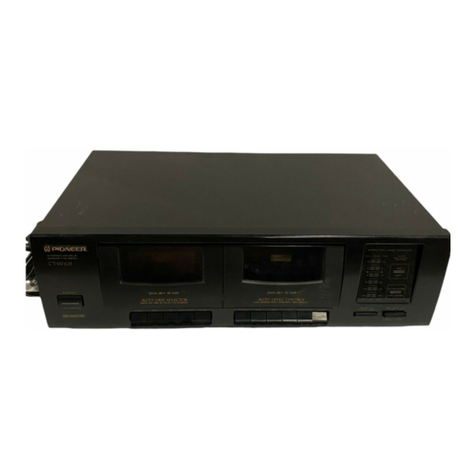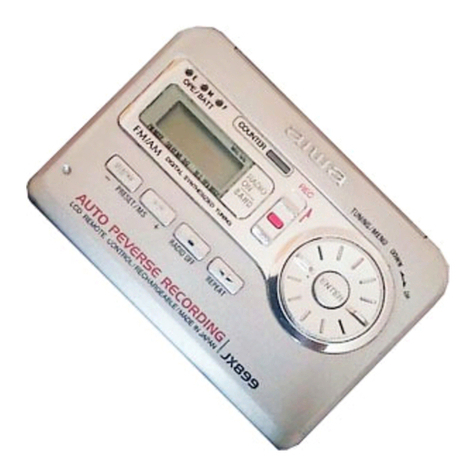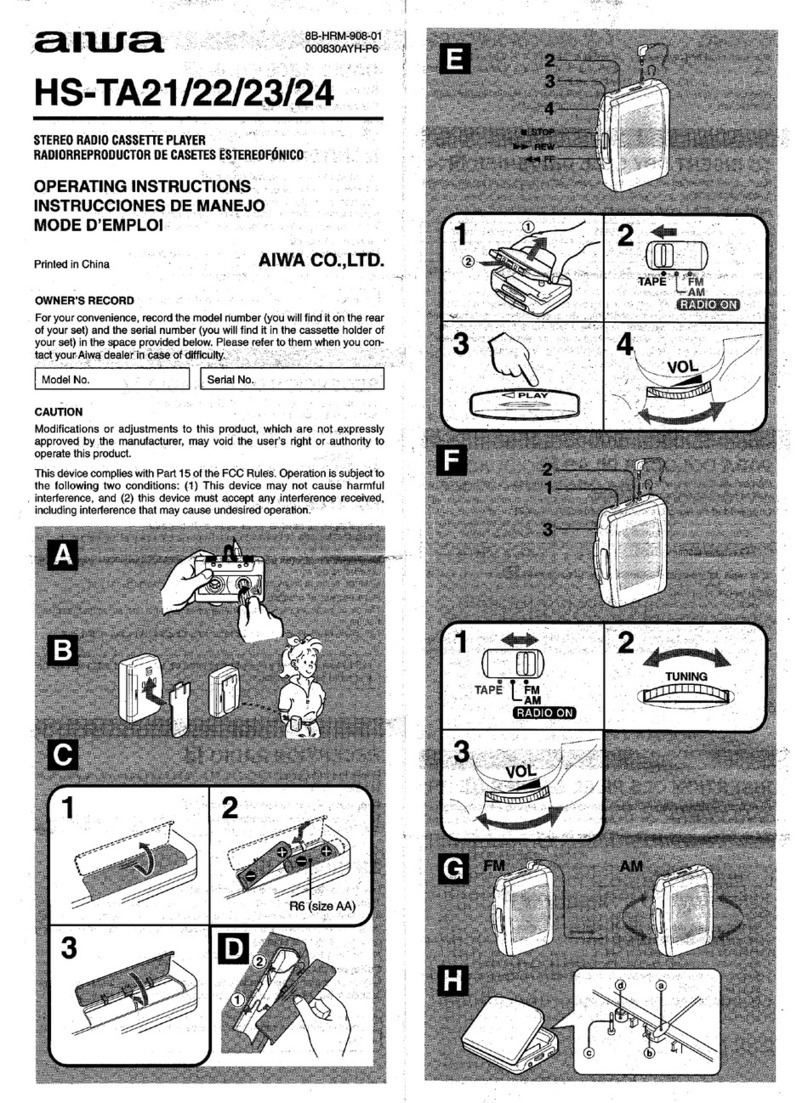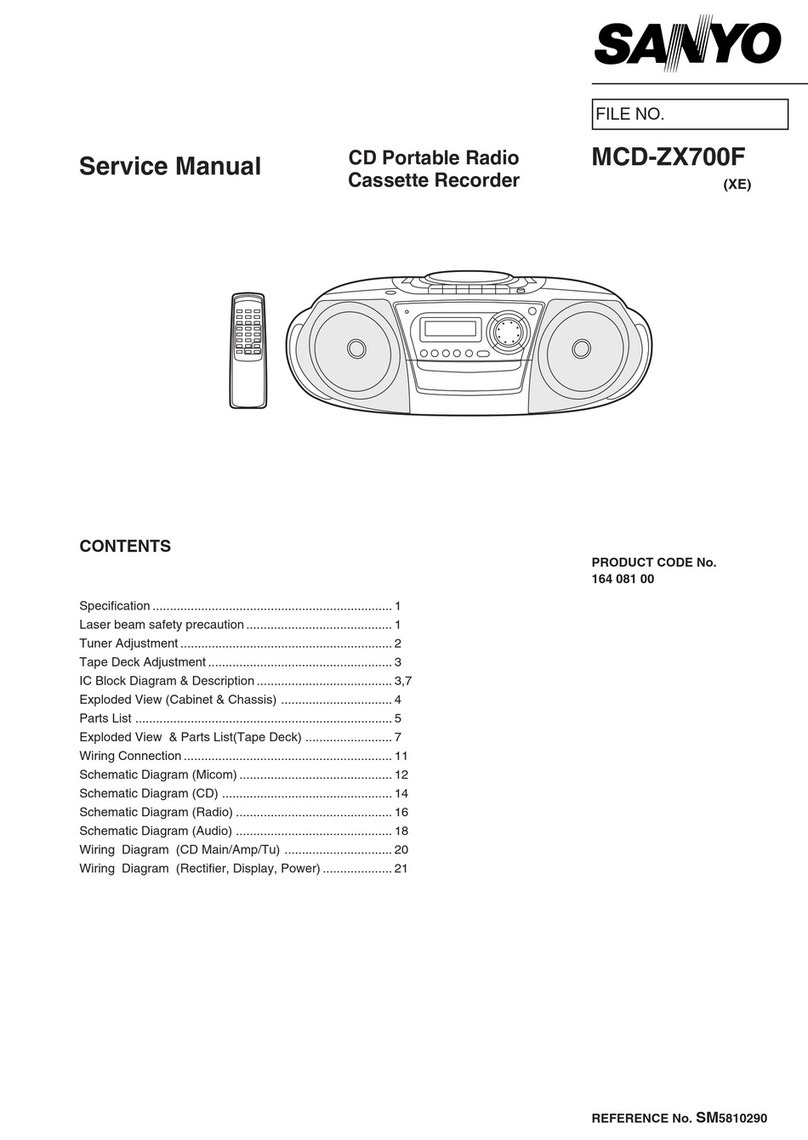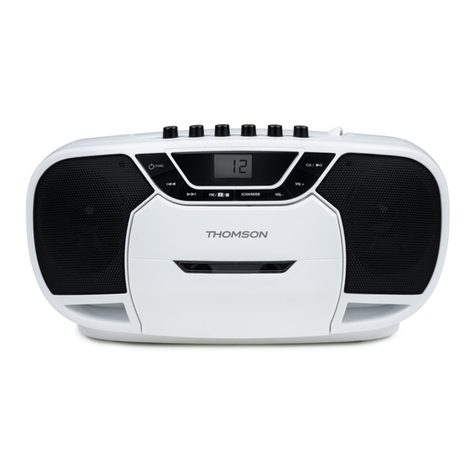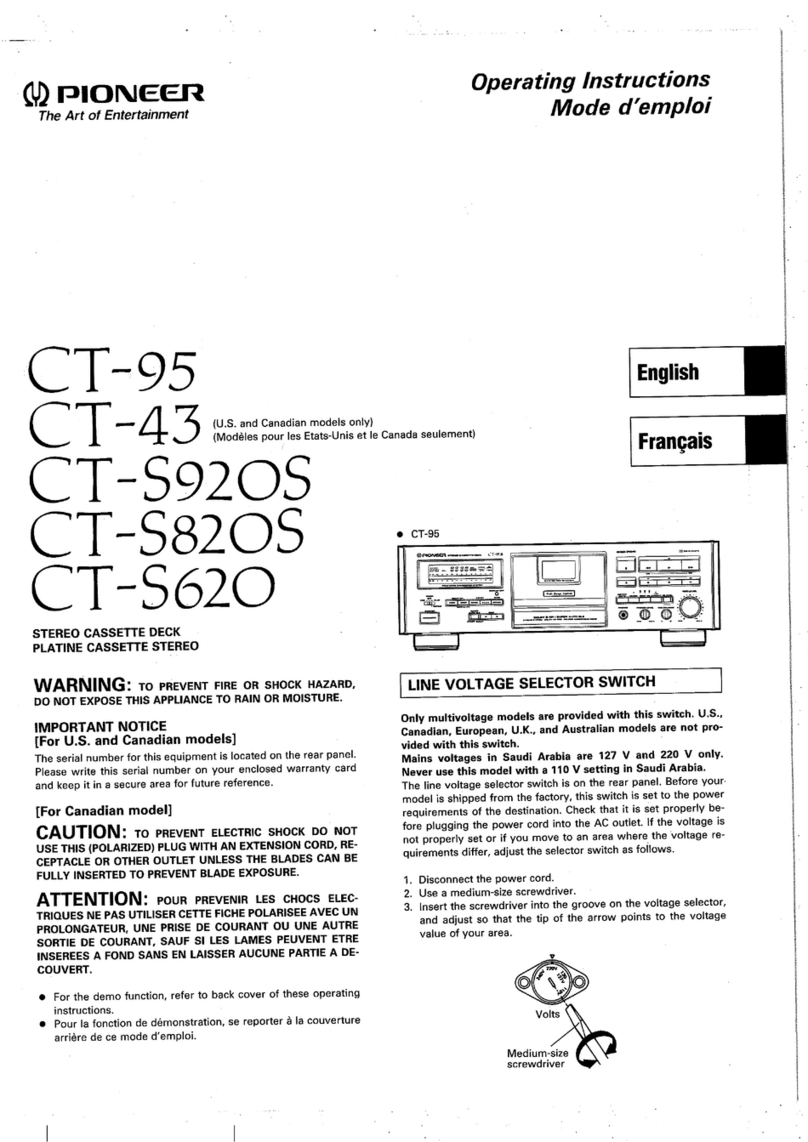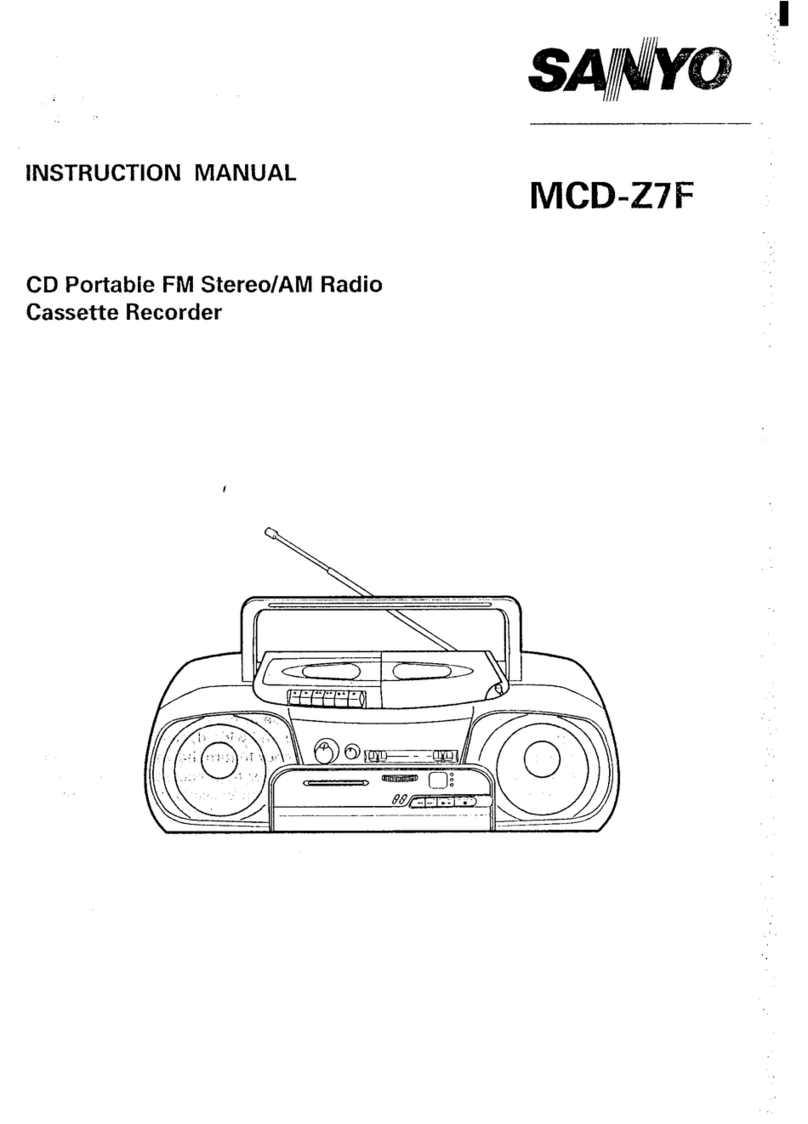Sony TC-K333ESA User manual
Other Sony Cassette Player manuals

Sony
Sony TC-188SD User manual

Sony
Sony Walkman WM-FX28 User manual
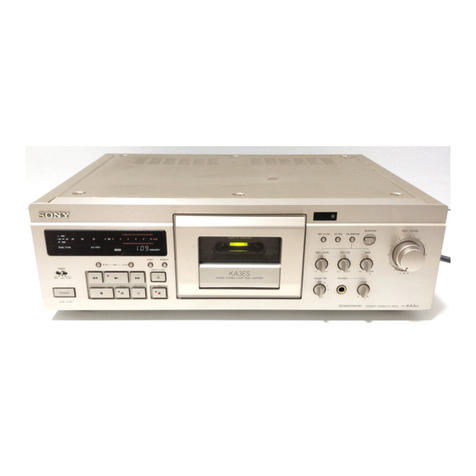
Sony
Sony TC-KA3ES - Cassette Deck User manual

Sony
Sony TCM-200DV - Cassette Recorder User manual

Sony
Sony M-950 User manual
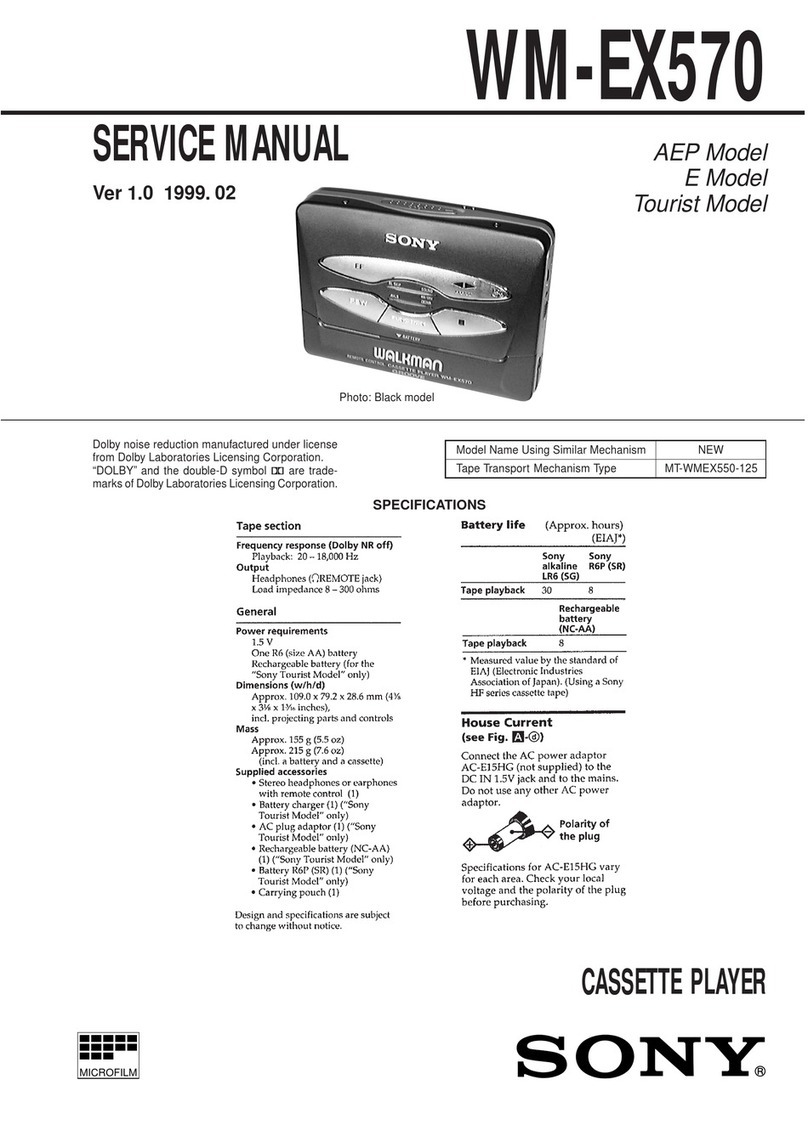
Sony
Sony WM-EX570 User manual

Sony
Sony Pressman TCM-465V User manual

Sony
Sony TCM-20DV - Mini Cassette Recorder User manual

Sony
Sony Sports Walkman WM-AF58 User manual
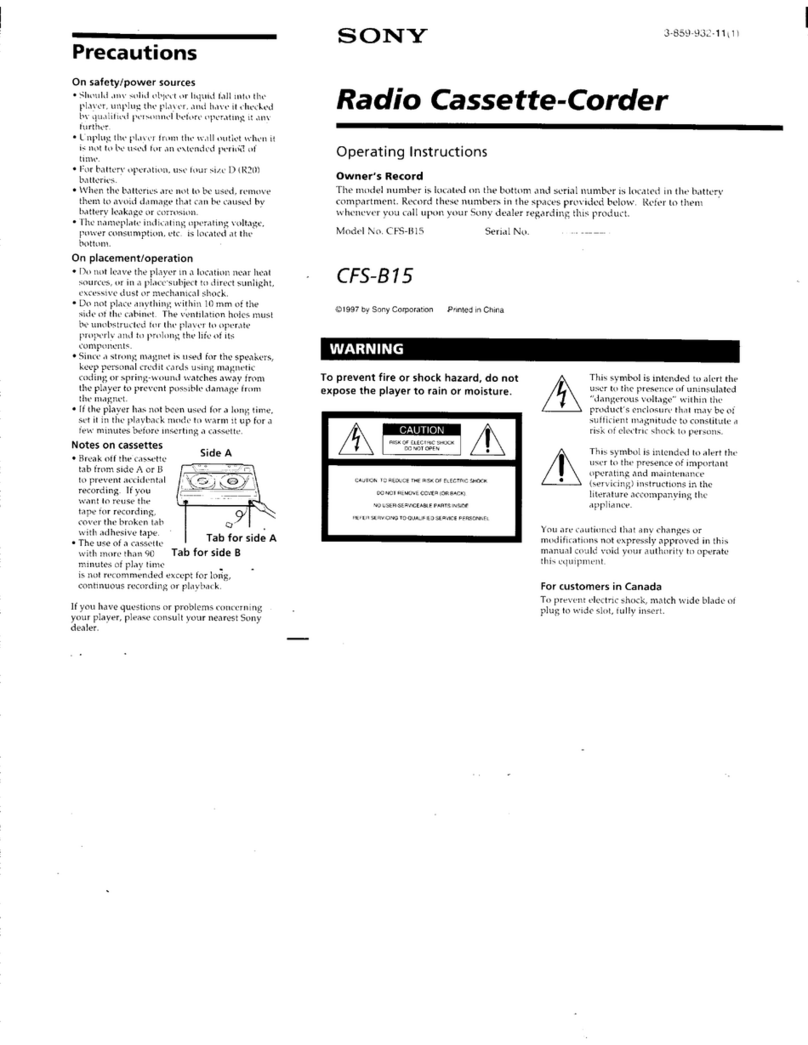
Sony
Sony CFS-B15 - Am/fm Stereo Cassette Recorder User manual

Sony
Sony CFS-W485L User manual
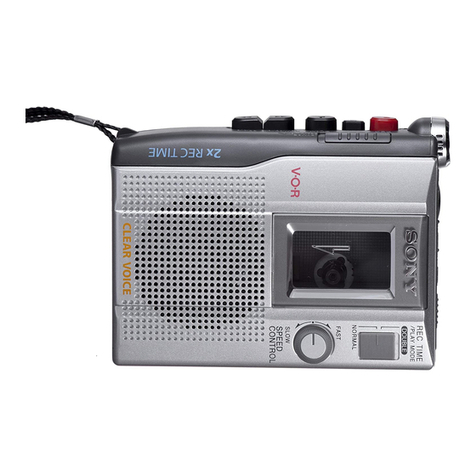
Sony
Sony TCM-200DV/150 User manual
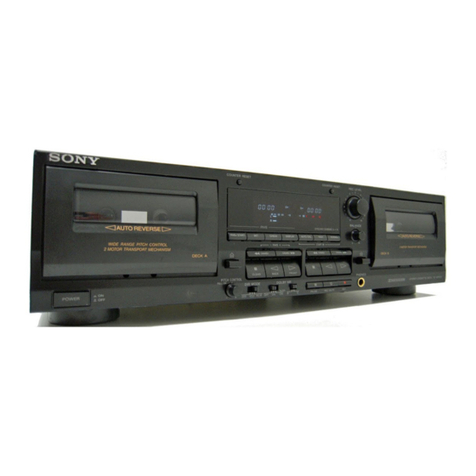
Sony
Sony TC-WR565 - Cassette Deck User manual
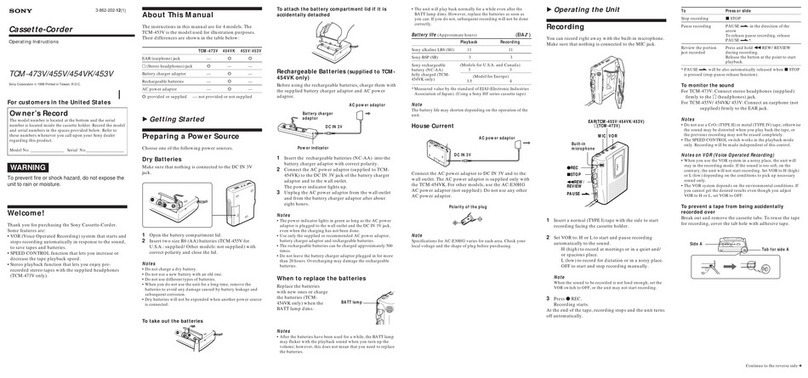
Sony
Sony 453V User manual
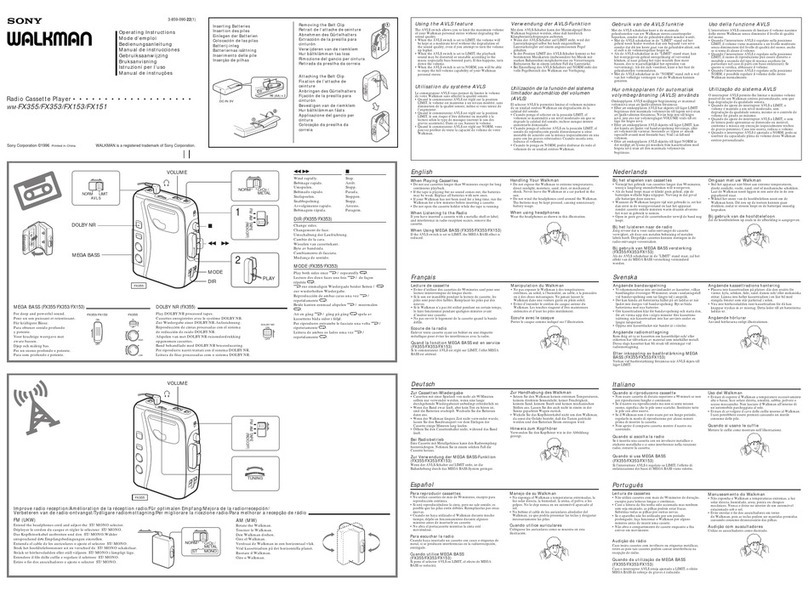
Sony
Sony Walkman WM-FX153 User manual
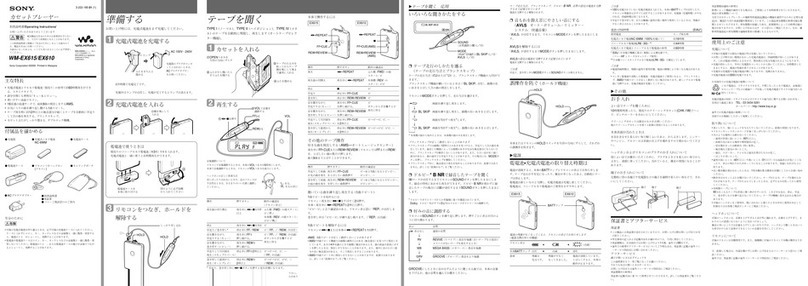
Sony
Sony Walkman WM-EX615 User manual
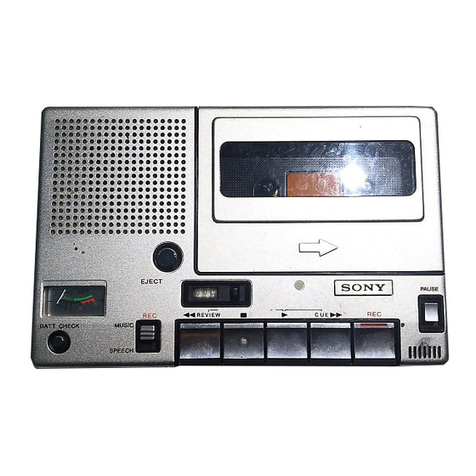
Sony
Sony TC-150 User manual
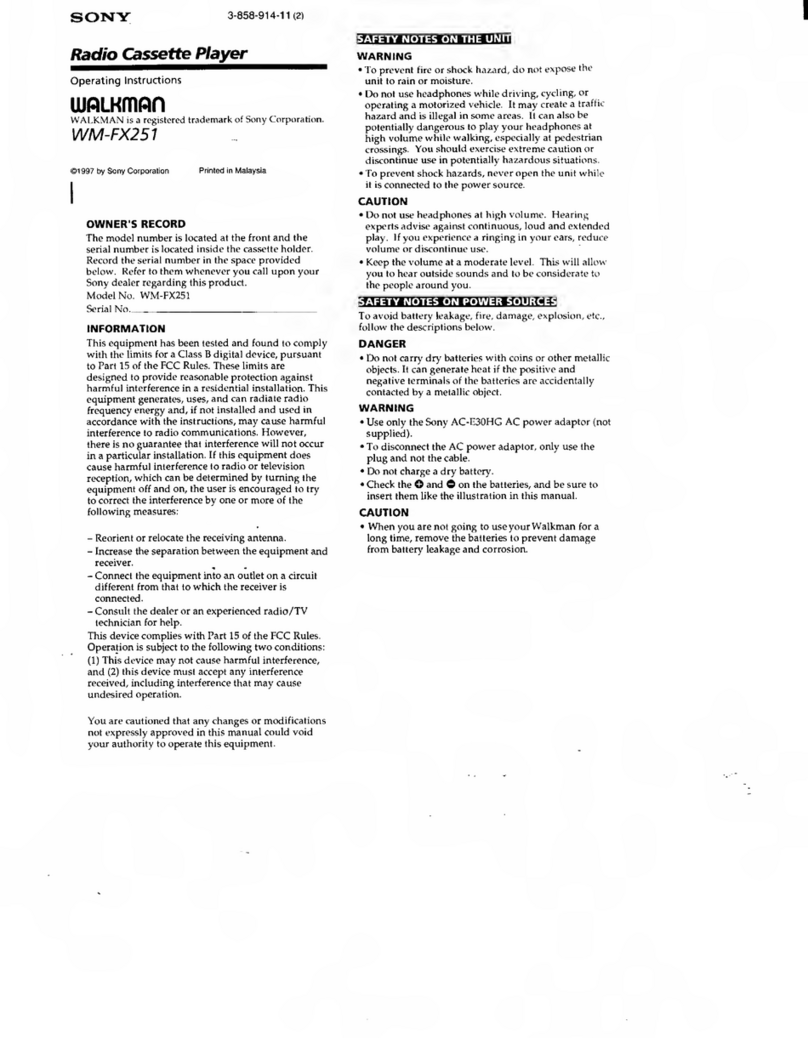
Sony
Sony Walkman WM-FX251 User manual
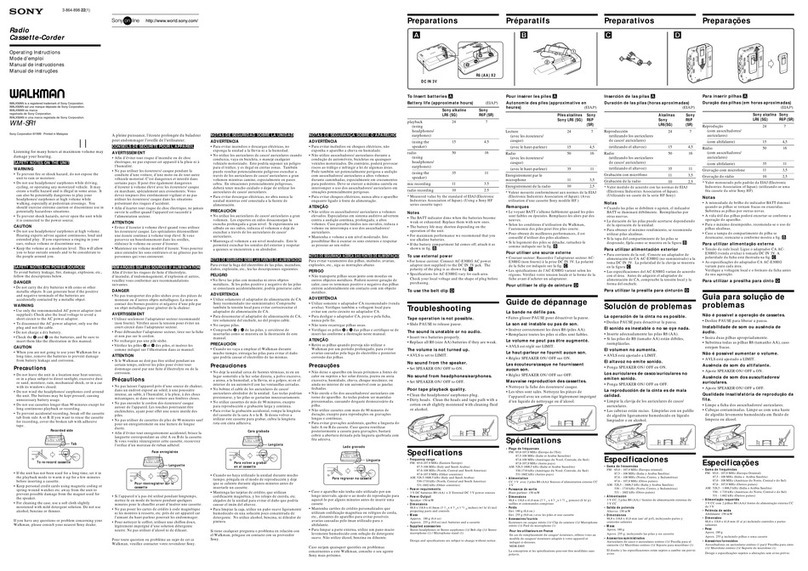
Sony
Sony Walkman WM-SR1 User manual

Sony
Sony WN-FX653 User manual
